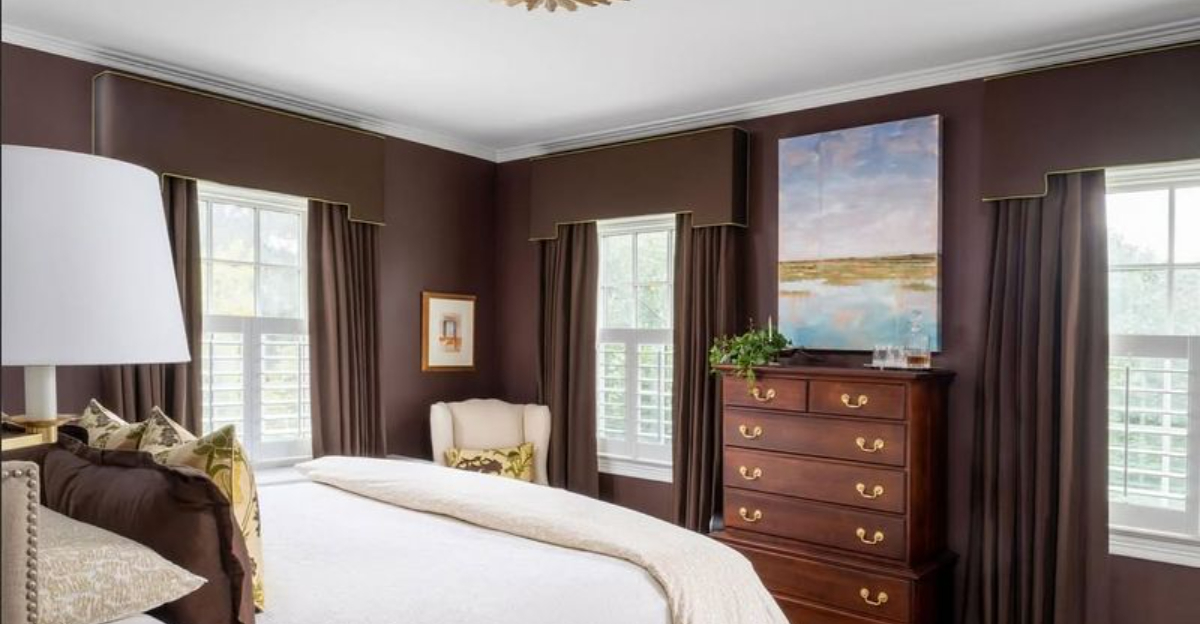Choosing the right wall color can significantly impact a home’s sale prospects.
Real estate professionals emphasize that while a fresh coat of paint can enhance a space, the wrong hue might deter potential buyers.
In this article, we’ll explore 10 wall colors that experts warn could hinder your home’s marketability.
From overly bold choices to drab and uninspiring shades, understanding these potential pitfalls can guide homeowners toward making more appealing color selections.
1. Dark Brown
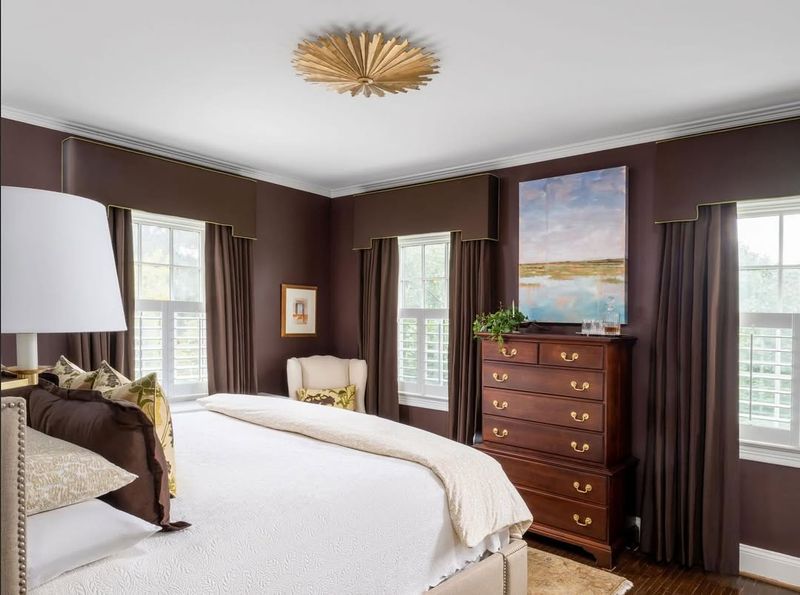
Dark brown walls often cast a shadow over a room, making spaces feel smaller and more confined. Buyers looking for openness might shy away from such a heavy color choice.
Real estate experts suggest that dark colors can absorb light, reducing the life and energy in a room.
Potential homeowners often seek a bright, airy feel that dark brown simply doesn’t offer. Lightening up the walls with softer shades can create a more inviting atmosphere, encouraging a feeling of spaciousness and warmth.
Instead of dark brown, consider neutral tones that can appeal to a broader audience.
2. Bright Red
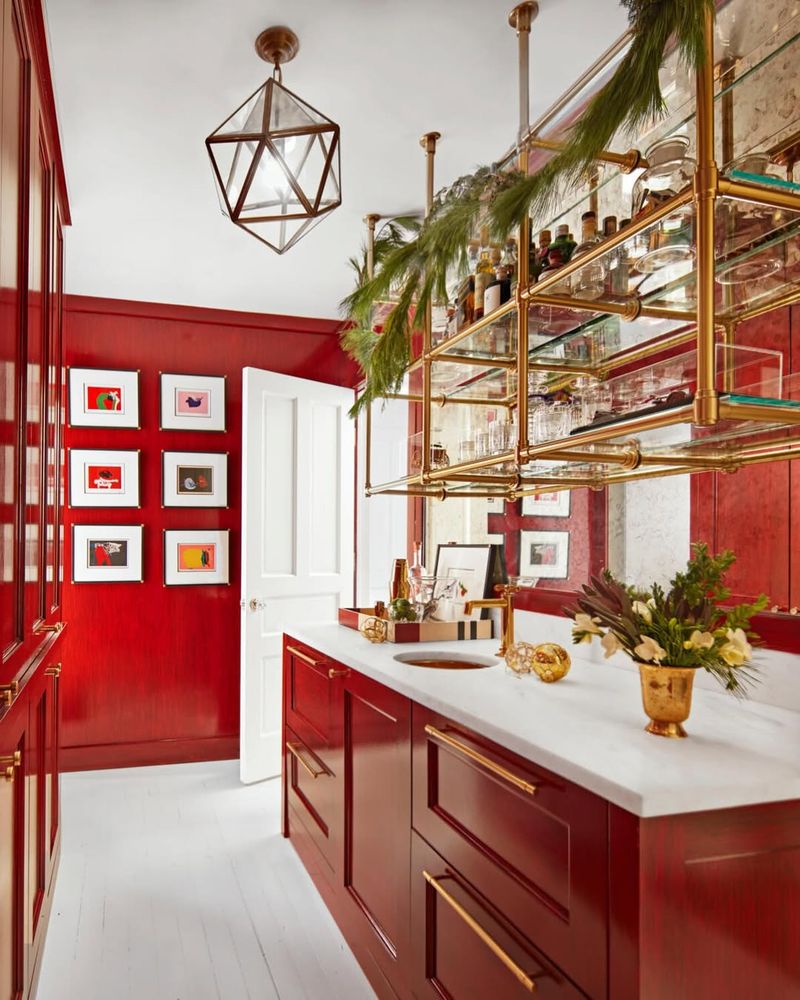
Bright red, though vibrant, can be overwhelming within a home setting. The intensity of this color might evoke strong emotions that aren’t suitable for all buyers.
According to real estate professionals, the goal is to create a neutral backdrop that allows potential owners to envision their style.
Red walls can distract from a property’s features, focusing attention on the color itself rather than the space. Opting for softer, more subdued hues can be more advantageous.
Considering alternatives like soft greys or taupes might help in appealing to a wider market and achieving a quicker sale.
3. Neon Green
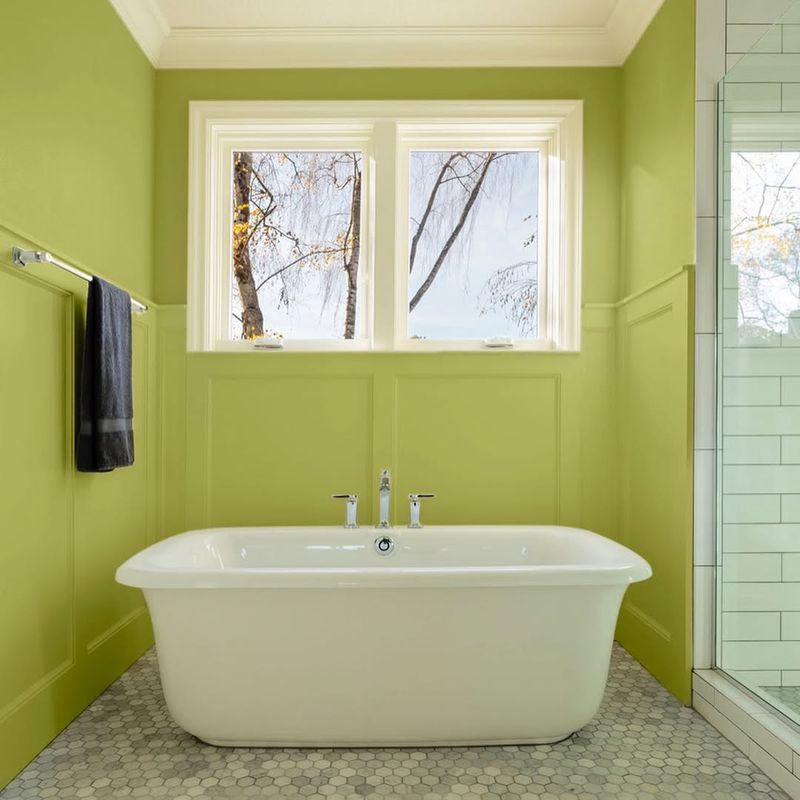
Neon green is a bold choice that can clash with a potential buyer’s vision, making it a risky option for sellers.
This vibrant color might appeal to a niche audience but generally lacks the mass appeal needed for a successful home sale.
Professionals recommend choosing colors that are more universally appealing, allowing buyers to easily imagine their belongings in the space.
Switching to muted greens or soft earth tones can create a more relaxed environment, helping potential buyers feel at home from the moment they step inside.
4. Jet Black
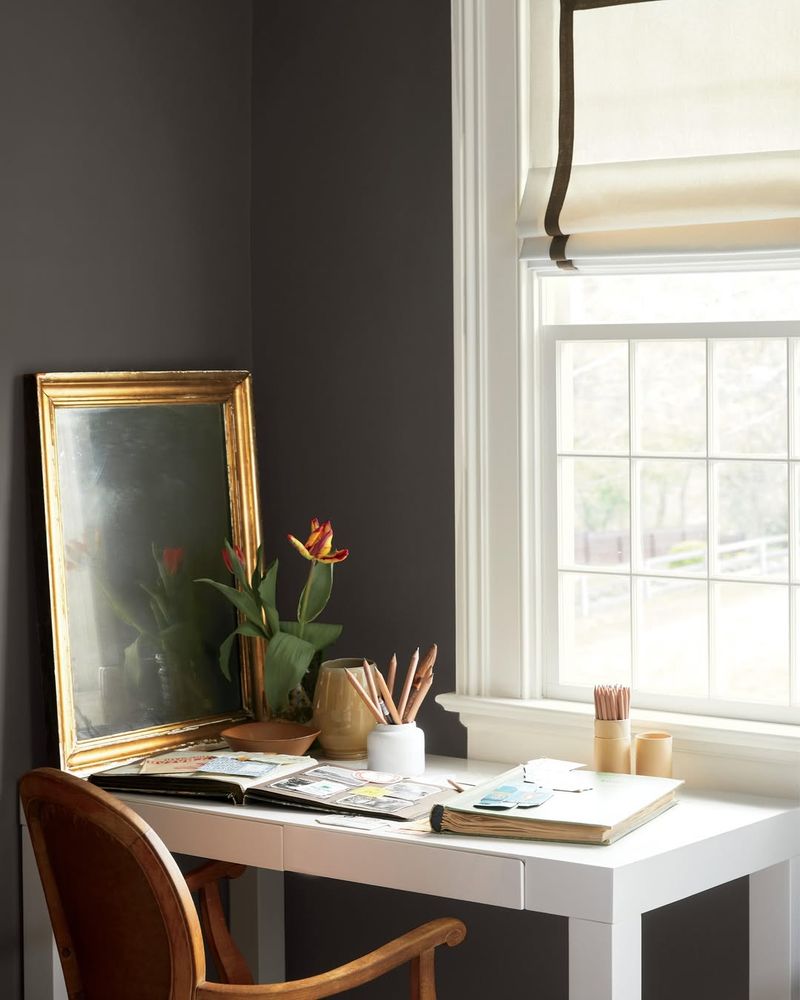
Jet black walls can create an intense, moody atmosphere that might not be to everyone’s liking. While dramatic, black can often make spaces feel closed off and difficult to decorate around.
Buyers usually prefer spaces that feel open and adaptable, something black walls might not provide.
Lightening up with softer tones such as light greys or whites can enhance the feeling of space.
A more neutral palette can also allow prospective buyers to project their style more easily, making the space feel like a blank canvas for personalization.
5. Pastel Pink
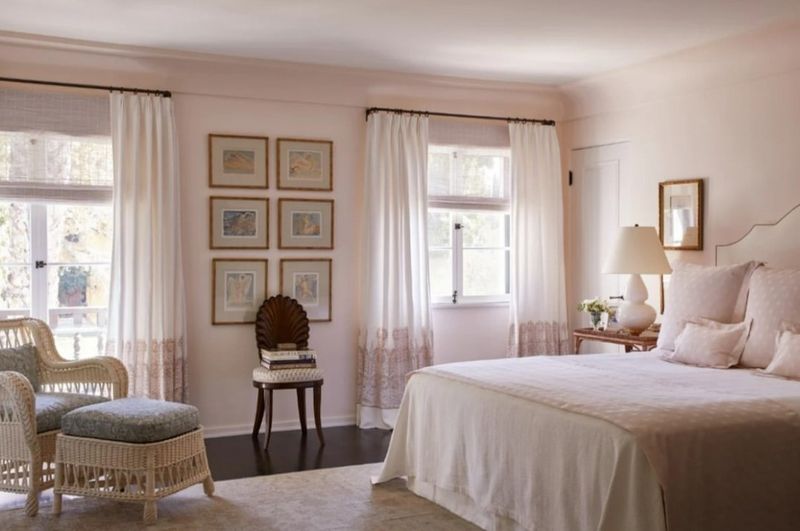
Pastel pink might seem sweet but can quickly become overwhelming in larger doses. Real estate professionals note that while charming, it can limit a buyer’s imagination in seeing the space as their own.
Soft pinks can be great for small accents, yet entire rooms in this shade can deter potential buyers who might not favor such a specific color.
Choosing more neutral shades allows for greater adaptability and personal expression, giving the room a broader appeal in the housing market.
Muted tones can help create a more universally attractive environment.
6. Mustard Yellow
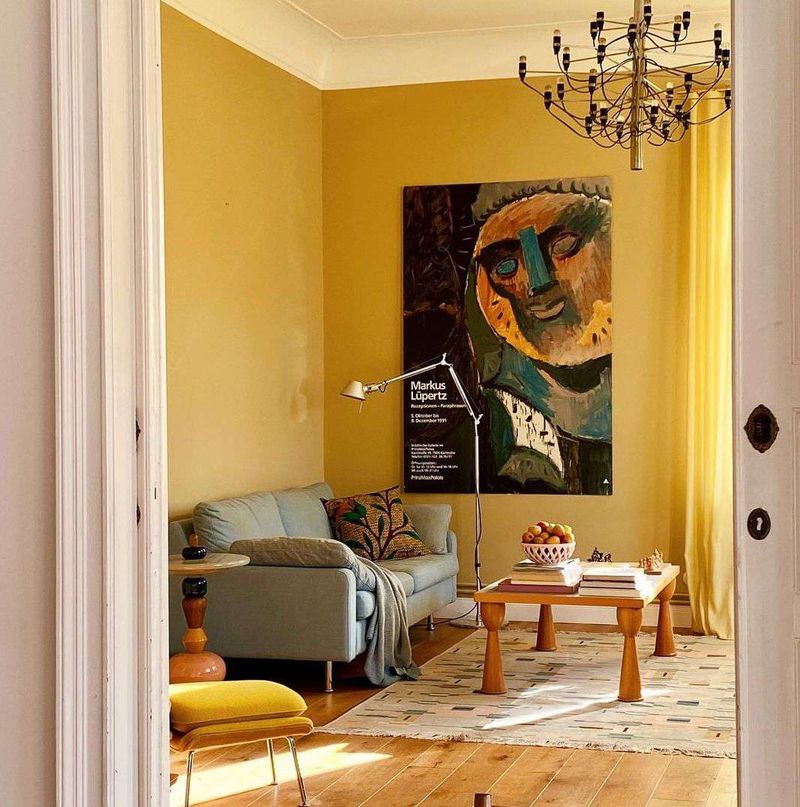
Mustard yellow can be a jarring choice in home decor, often feeling dated or too bold for many buyers.
Real estate pros suggest that such a strong color can overshadow a room’s features, making it hard for buyers to appreciate the layout or design.
This color can also limit the types of furnishings and decor that work well within the space. By opting for more subtle yellows or cream shades, sellers can keep the space feeling fresh and inviting.
Neutral tones often provide a better backdrop for potential buyers to envision their style.
7. Deep Purple
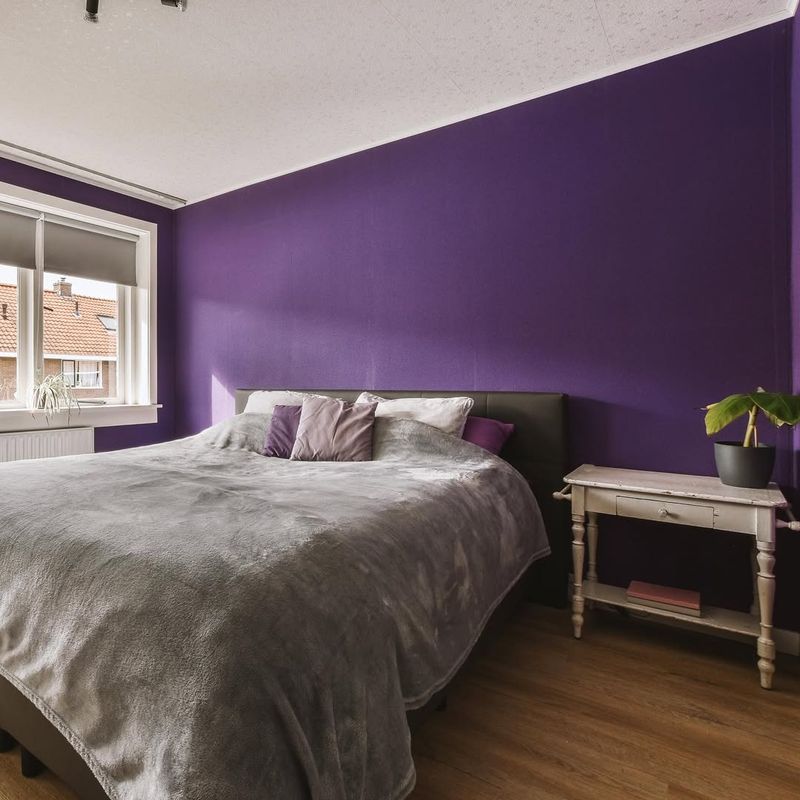
Deep purple might be regal but can dominate a room’s atmosphere, leaving little room for buyers’ creativity.
Such a bold hue can intimidate rather than invite potential buyers, making it a tricky choice for home sellers.
Real estate professionals often recommend more neutral colors to allow buyers to focus on the room’s potential rather than its bold color.
This can open up the space, making it feel larger and more adaptable. Opting for lighter shades such as lavender or soft greys can create a more serene and versatile environment.
8. Slate Gray
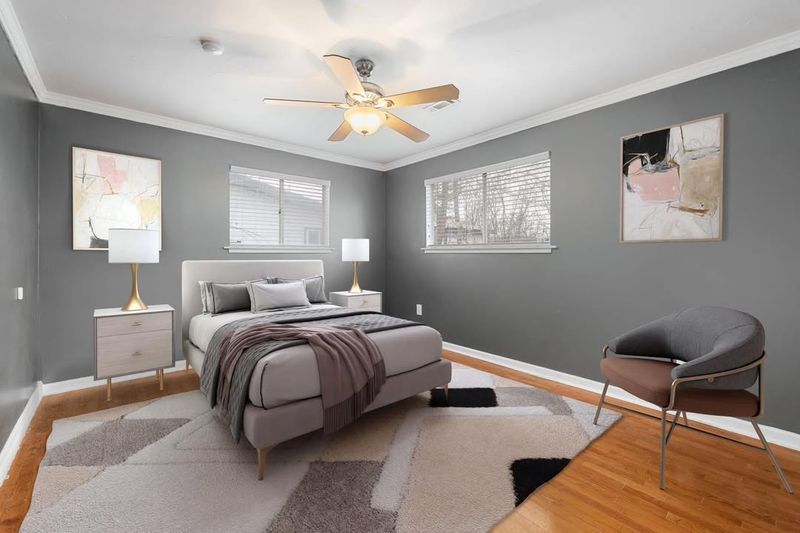
Slate gray, while sophisticated, can feel too cold and unwelcoming within a home. Real estate agents often find that it lacks the warmth many buyers seek, potentially leading to a less inviting atmosphere.
The key is to strike a balance between modernity and comfort, something slate gray might not achieve. Lighter greys or beige tones can offer a more inviting canvas.
These softer colors help to create a space that feels open and versatile, allowing potential buyers to imagine themselves working or relaxing in the area.
9. Olive Green
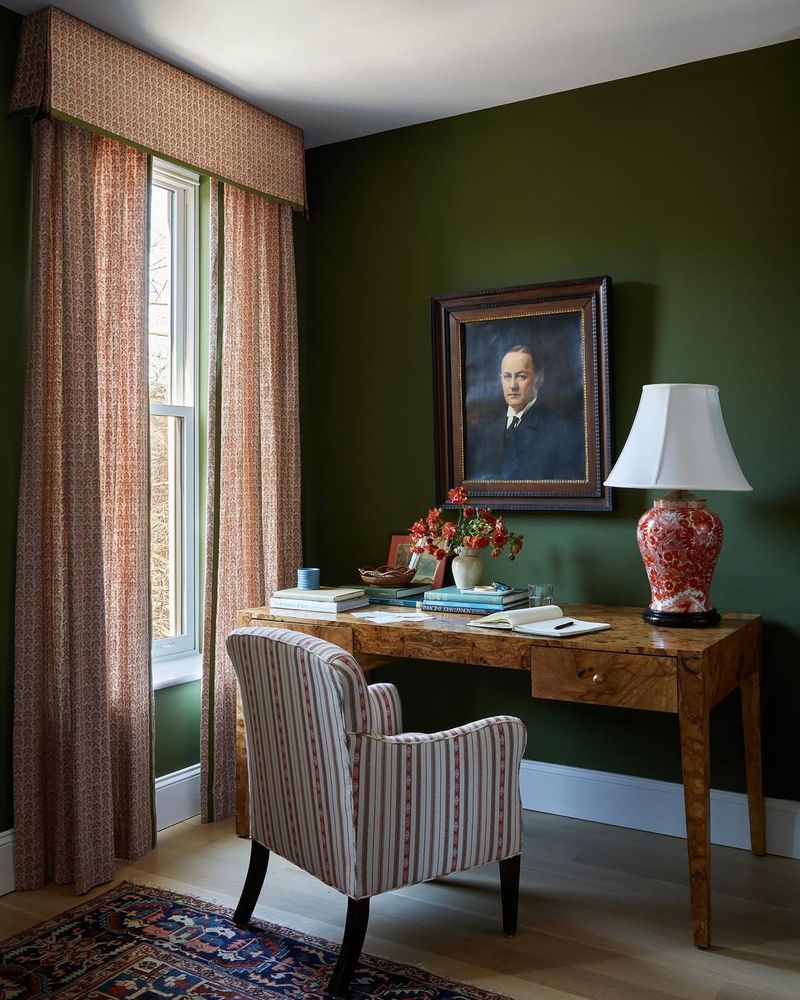
Olive green can be a polarizing choice, sometimes perceived as dated or too earthy. This shade might limit the appeal to buyers looking for a more contemporary feel in their future home.
Real estate pros often suggest opting for lighter greens or more neutral tones, which allow for a broader appeal.
These colors can enhance the space by making it feel more open and adaptable
Choosing a more neutral palette ensures that potential homeowners can easily envision their decor, making the house more appealing to a wider audience.
10. Eggplant
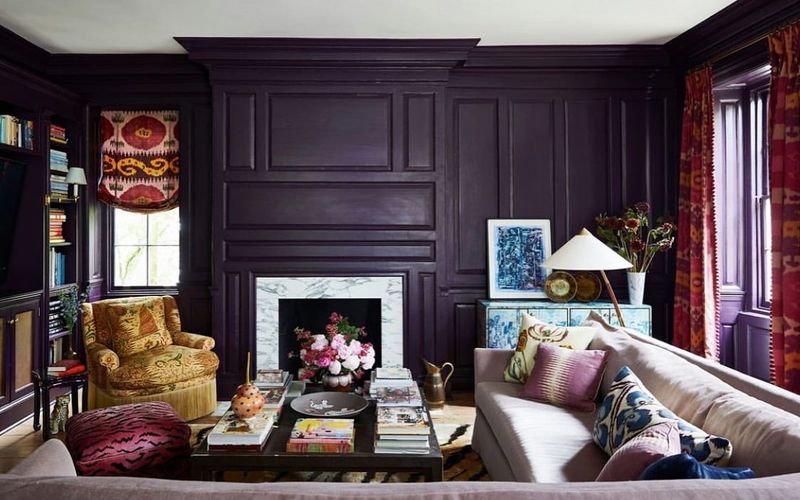
Eggplant is a daring and moody color, often overpowering a room’s ambiance. While unique, it can limit potential buyers’ ability to picture their belongings in the space.
This shade can be challenging to decorate around, emphasizing the color instead of the room’s features.
Sellers might find it beneficial to switch to more neutral tones that appeal to a broader audience.
By choosing softer shades, sellers can enhance the room’s versatility and make it more inviting, helping buyers feel comfortable and at home.

